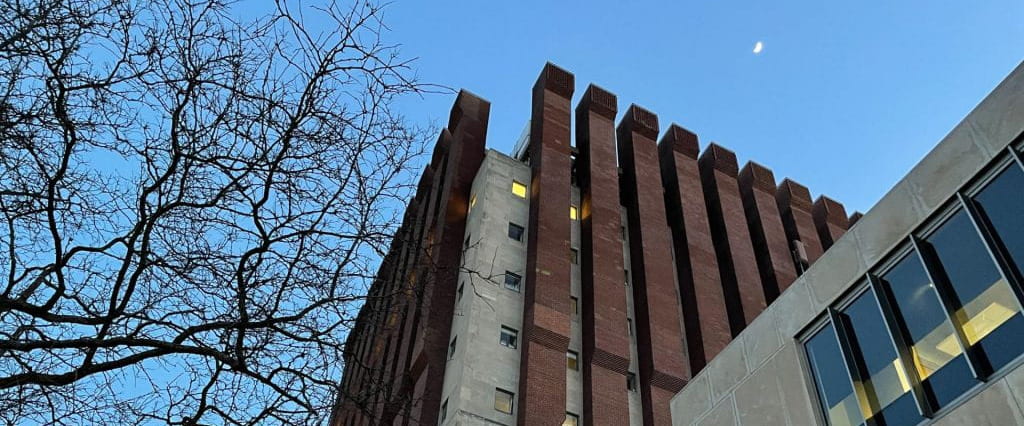We study host-pathogen interactions. Specifically, we are interested in how infections of pathogens including viruses and bacteria can remodel host organelles to either promote pathogenesis or trigger the host innate immune responses, and explore innovative therapeutic strategies against infectious diseases and inflammatory disorders including autoimmune diseases and cancer.
1. Organelle remodeling in innate immunity.
Our recent study uncovered how bacterial toxins get internalized by host cells, resulting in direct trans-Golgi network (TGN) reorganization to activate the NLRP3 inflammasome, a critical innate immune signaling pathway.

Using a powerful SunTag tracking system coupled with super-resolution microscopy, we discovered that cholesterol-dependent cytolysins (CDCs), important toxins in various bacterial diseases, form distinct structures on the TGN to stimulate the production of proinflammatory cytokines and cell death.

2. Organelle remodeling in pathogenesis
Our recent work discovered a novel type of membrane structures assembled during SARS-CoV-2 infection, which we named the 3a dense bodies (3DBs). 3DBs have unusual electron-dense and dynamic inner structures.

The ability of ORF3a to form 3DBs is conserved in bat coronaviruses, yet lost during the evolution to SARS-CoV.

During SARS-CoV-2 infection, 3DB recruits the viral structural proteins spike (S) and membrane (M) and undergo dynamic fusion/fission to negatively regulate the processing of S on assembled virions. Disruption of 3DB formation resulted in virions assembled with abnormal S processing rate, leading to dramatic reduction in viral entry efficiency.

Our lab utilizes diverse and complementary approaches to study these problems, including biochemical assays, high-resolution fluorescence imaging with our in-house confocal microscope, CRISPR knockout/rescue technology and mouse models. Part of our lab is stationed at the Howard Taylor Ricketts Laboratory, a BSL3 level facility belonging to the University of Chicago, where we study SARS-CoV-2 pathogenesis using cell and mouse infection models.

